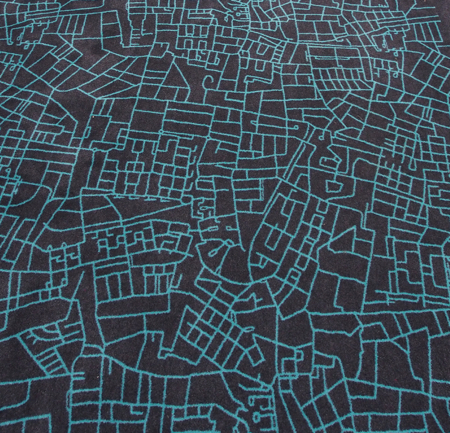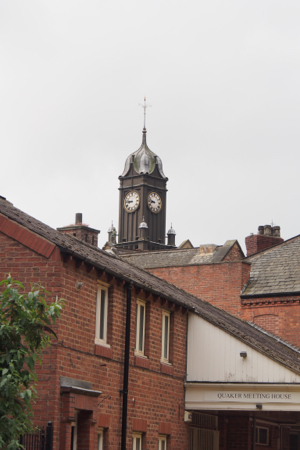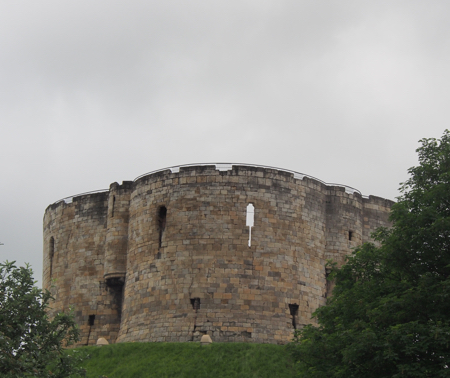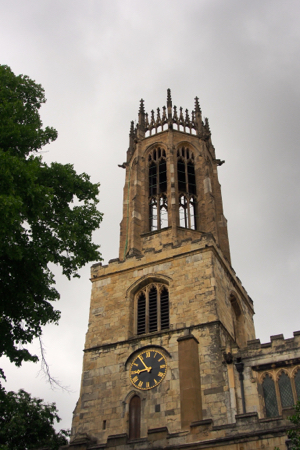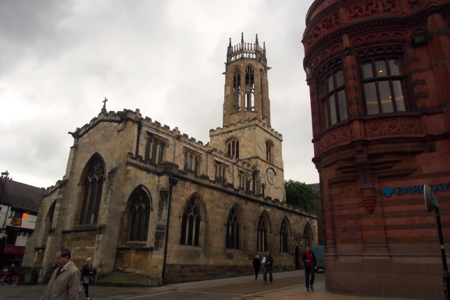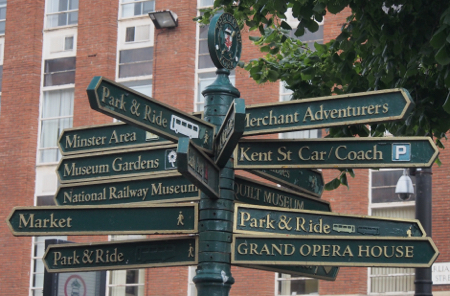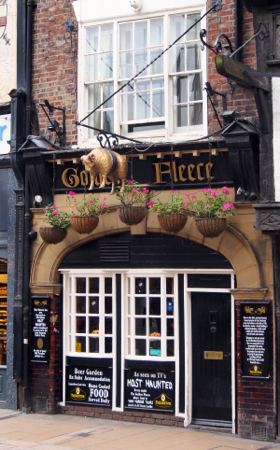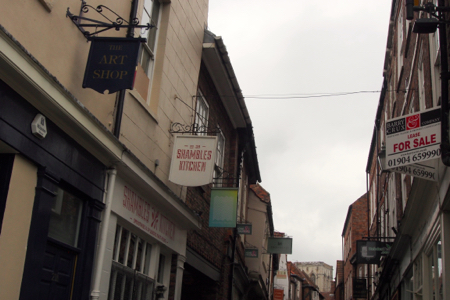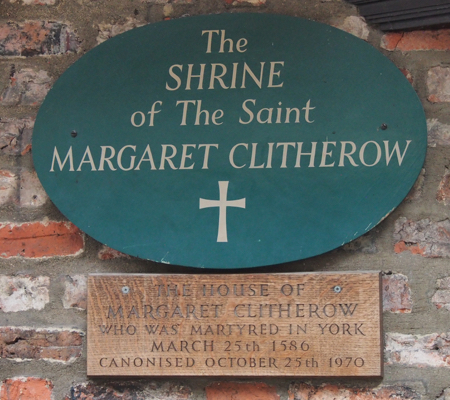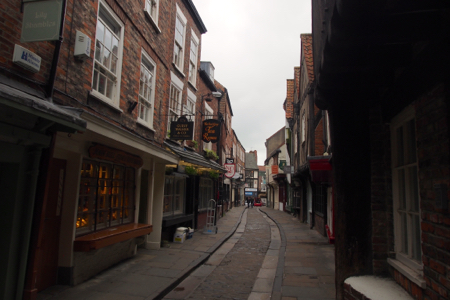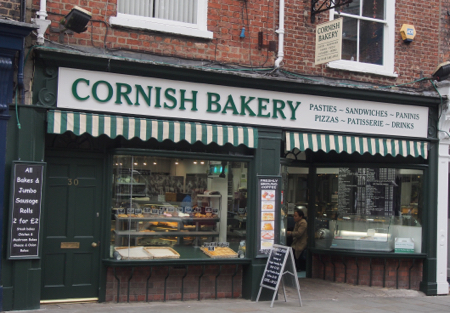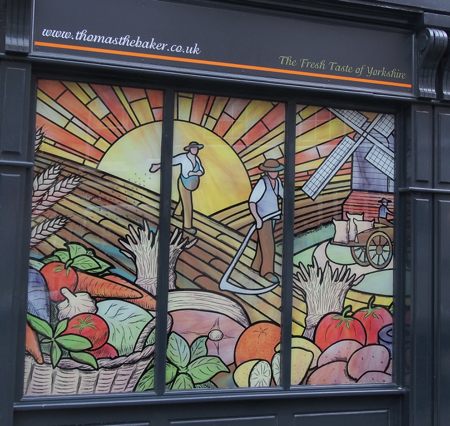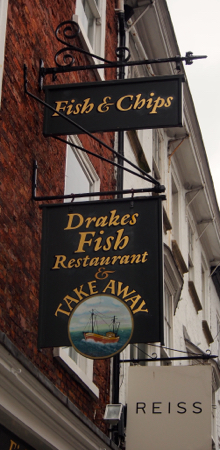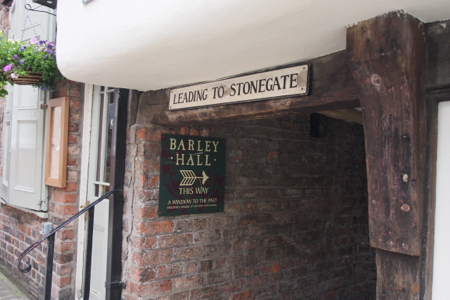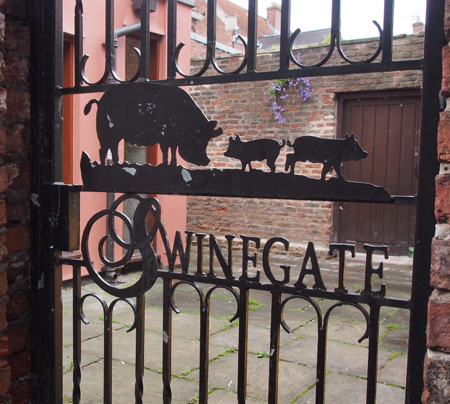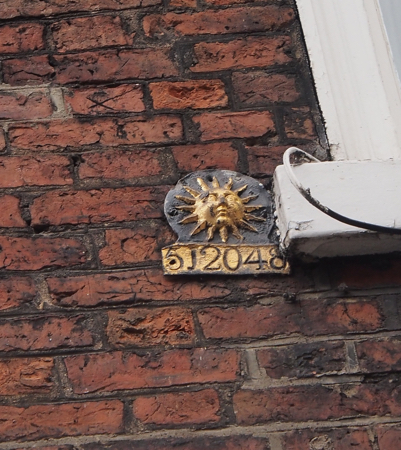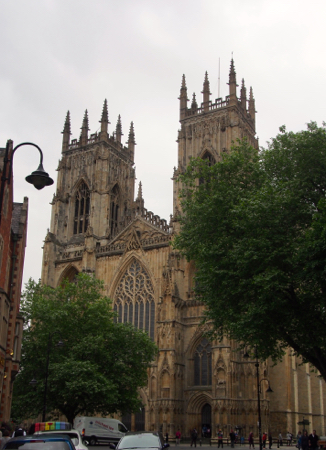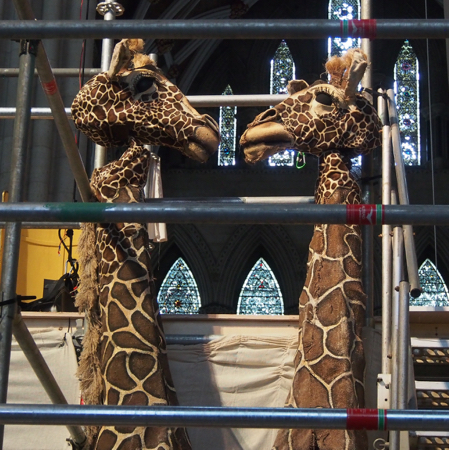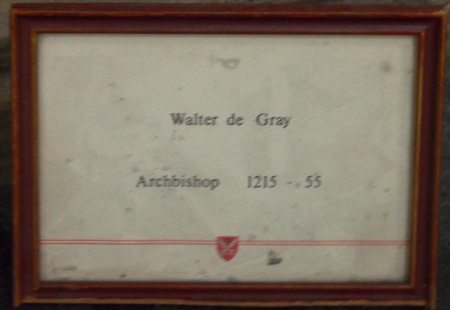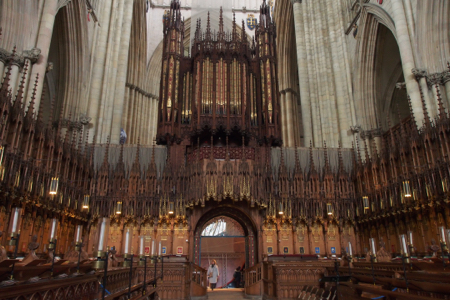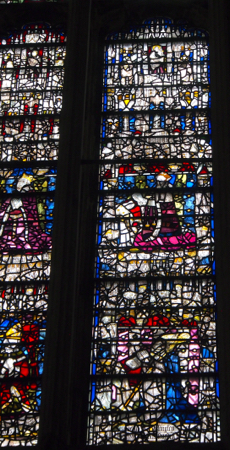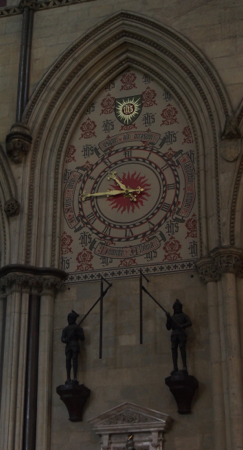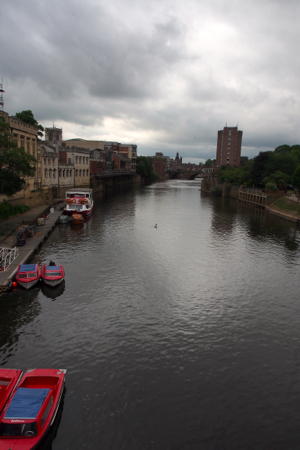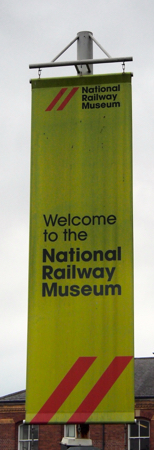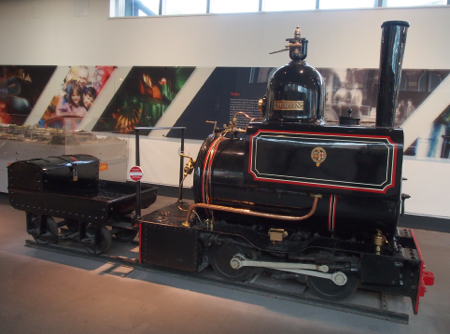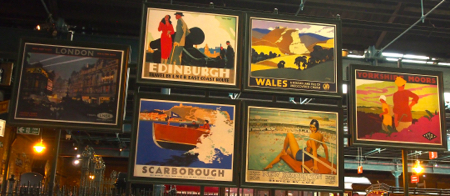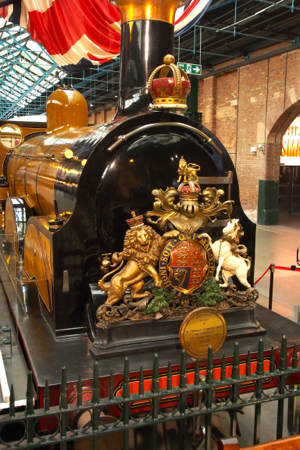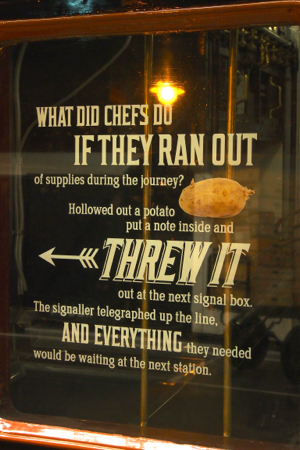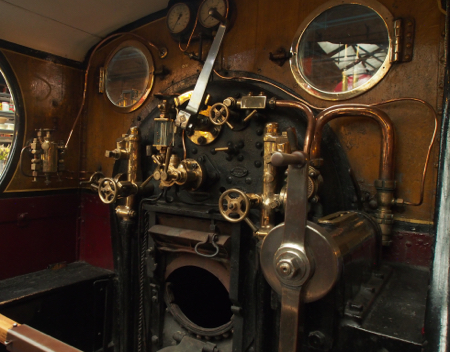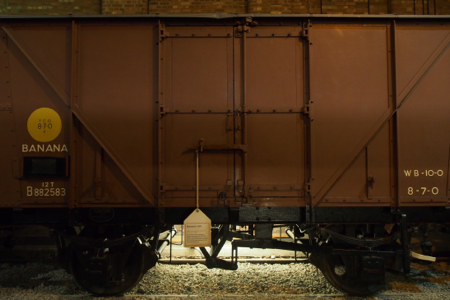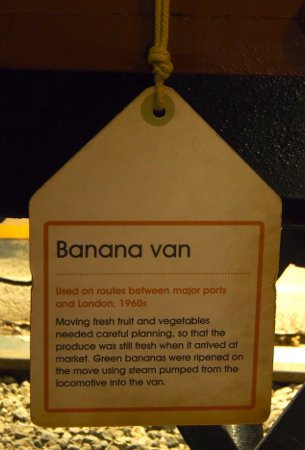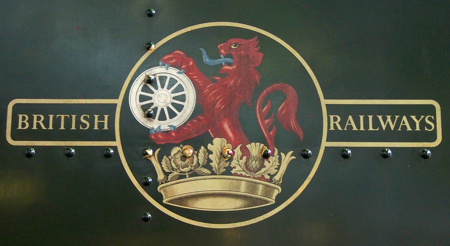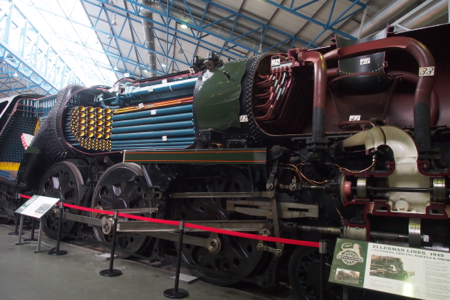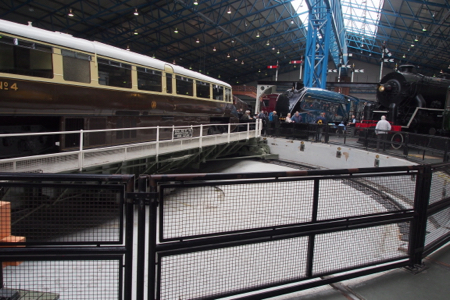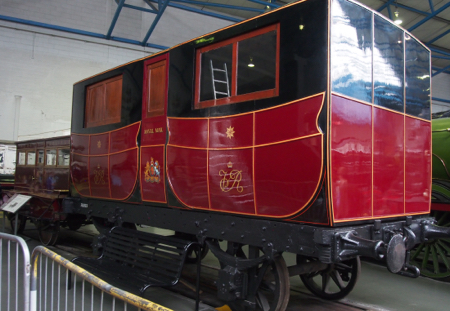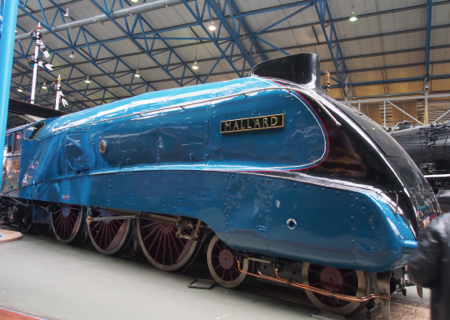Thurs., 6/16/16 – York
We spent the day in York. Liz took us on a walking tour at 8:30. York is where whippet dogs were first bred. It has 20 churches but most have “diversified” and may or may not even have services or “evensong,” a short sung service in the evening. The church may now be a cafe, museum, information building, or gallery. The very large York Minster is currently set up for Mystery Plays, a 4-hour pageant of Bible stories beginning with Creation and ending with Revelations. We have heard a few guides describe the GB churches as ones that “Hatch e’m, Match e’m, and Dispatch e’m.”
There are 354 pubs in York and we walked past many with interesting English names like: The Four Ales, The Naked Man, Potted Out Pub, The Tin Lion, etc. Dame Judy Dench was born here and a catwalk over the River Ouse has been named in her honor.
We walked to look at the Clifford Tower, the largest remaining part of the York Castle. It sits high on a grass-covered mound and had water up to its base in last year’s flooding of the Ouse River. Outside of the tower is a plaque to the Jewish people who were killed by the local towns people in 1190 because they would not denounce their faith.
This is the carpet in the halls of our York hotel - it is fascinating!
River Ouse runs through York
Clifford’s Tower - York Castle
All Saints, High Ousegate
All Saints, High Ousegate
A finger post all in English
We walked to a 900-year-old unique section of the old town called “The Shambles.” On this street were once the town butcher shops. The refuse from the slaughter of animals was dumped into the narrow street, as were the chamber pots from the living quarters above the butcher shops. The English term for a WC (water closet) or Loo comes from the French term, “gardy loo” or “regardez l’ eau” that was called out before tossing the waste out of the window – “watch out for the water.”
In the Shambles is a shrine to St. Margaret Clitherow who was protecting Catholic priests in the 1500s after Henry VIII separated from the Roman Catholic Church.
The Shambles
The Shambles
Shrine of Saint Margaret Clitherow
Busking - no street entertainers
The Shambles
Liz pointed out some local discoveries. In front of St. Margaret’s shrine is a placard saying, “no busking.” Busking is British for street entertainers. We passed Guy Fawkes house, now an inn. She pointed out one of the old fire company placards placed on a house that the fire company would respond to. We have those in Philadelphia – pay or burn. King’s Square with its chocolate and confectionery shops used to have a lot of pigeons. Five statues of cats were placed on roofs or walls to get rid of them and it seems to have worked. The streets in the old town run in all directions but there are helpful signs at nearly every intersection. They are called “finger posts.” Very logical.
An Italian bakery in the Shambles
Cat statue on a roof - to ward off pigeons
Marker for the fire companies
We then took an hour-and-a-half tour of the York Minster (Cathedral) with a Cathedral guide, Sister Jeanette. She stuttered and lost track of what she was saying but had a sense of humor that kept us listening. The huge medieval stained glass windows have to be taken down, the lead removed, the glass pieces cleaned, and broken pieces of glass replaced, and then all re-leaded and remounted. The masonry has to be renewed. The choir area was purposely burned and is new – from the 1800s. The choir screen has the entrance off center because it contains the statues of the 15 English kings from William the Conqueror to Henry the VII, so it has 7 figures on the left and 8 on the right. The ceilings are vaulted and very high. The nave, the main part of the sanctuary, is full of bleachers and scaffolding for the Mystery Play.
York Minster or Cathedral
York Minster or Cathedral
York Minster - props for the Mystery Play
York Minster
York Minster
York Minster
York Minster
York Minster - stained glass needing repair
York Minster - window in the process of restoration
York Minster
After our Minster tour we were left on our own so we headed across the Ouse River to the National RR Museum. In the Station Hall were historical carriages from Queen Victoria’s lavish “palace on wheels” to King Edward VII’s car with a smoking salon. There were engines and cars made for Queen Adelaide and Mary and George V. There was a string of old freight cars: milk, bananas, packages, coal, flatbed, etc. Green bananas were put in the small boxcar and steam from the engine was piped into it to ripen the bananas on their journey. In the Great Hall is a turntable with 24 radiating tracks, each with a different locomotive. There is a 1964 Japanese Bullet Train engine and the 1933 Mallard that set the speed record at 126 MPH in 1933. We also looked down on the workshop where the old special engines and carriages are restored. It was really interesting because all of the trains were different from what we have seen in US RR museums.
River Ouse
National Railway Museum
National Railway Museum - destinations
National Railway Museum
National Railway Museum
National Railway Museum
National Railway Museum
National Railway Museum
National Railway Museum
National Railway Museum
National Railway Museum
National Railway Museum
National Railway Museum
National Railway Museum - 1933 Mallard
National Railway Museum - 1964 Japanese Bullet Train
National Railway Museum - workshop
We ended the day by going out for an Italian dinner – pizza and salad for $30 US. No rain today – yahoo!
| Return to Top | Return to Itinerary | Return to Trips page to view other trips | Return to Dreamcatcher Home Page |
